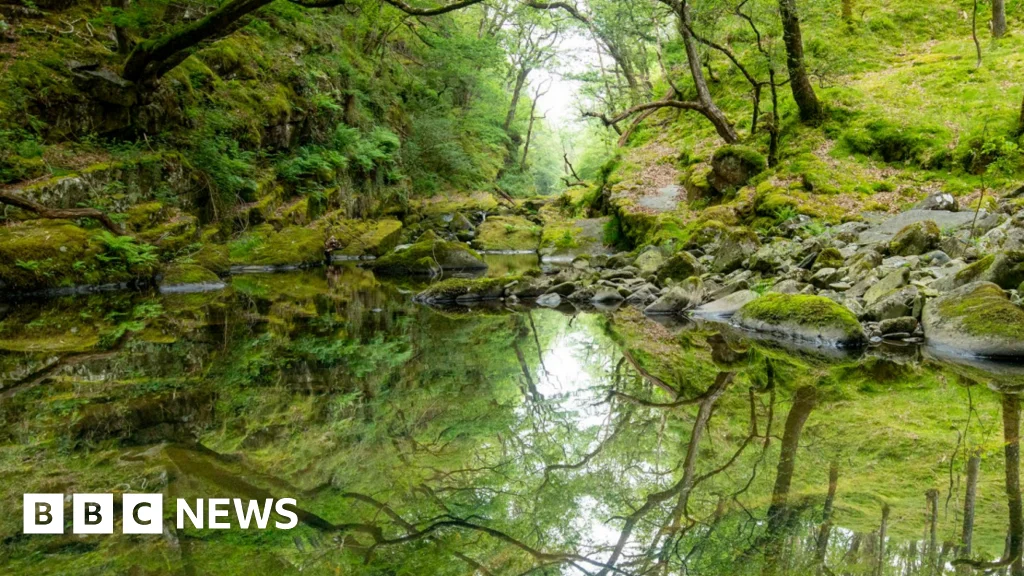
Celtic Rainforest in Wales: A Hidden Gem on the Brink of Extinction
In a sobering revelation, ecologists are sounding the alarm about the plight of the Celtic rainforest in Wales, a unique ecosystem facing what could be described as an extinction crisis. These temperate rainforests, found primarily along the western coasts of the UK, harbor some of the world's rarest mosses, lichens, and liverworts. Despite their ecological significance, a recent survey indicates that a mere 22% of Welsh rainforests are in a healthy condition, primarily due to pollution, habitat fragmentation, and invasive species.

Ecologist Sabine Nouvet lamented the recent loss of a 500-year-old oak tree in Eryri National Park, which fell during Storm Darragh in December. This ancient tree was home to a renowned population of a rare lichen, identified as rinodina isidioides, a species that exists solely on trees at least 300 years old. The fall of this tree marked not just a physical loss, but underscored the broader extinction crisis threatening these irreplaceable ecosystems.
Wales boasts approximately 33,024 hectares of rainforest, accounting for just 4.3% of the country’s rainforest landscape. Unfortunately, many of these woodlands are fragmented, surrounded by farms or invaded by non-native species like rhododendrons that choke out native flora. Former farmer Aled Thomas highlighted how traditional grazing practices have contributed to the unique biodiversity of these woodlands, suggesting that the reintroduction of small Dexter cattle could aid in restoring native plant species.

Despite the challenges, there remains hope for the Celtic rainforest as conservationists explore innovative methods of preserving its unique biodiversity. Plans are already in place to relocate lichen clippings to other ancient trees, though the process may take up to a decade.
In an encouraging note, PlantLife's Adam Thorogood pointed out that Wales is home to a remarkable and irreplaceable type of rainforest found nowhere else on Earth. Increased public interest in these ecosystems comes at a critical time, as substantial investment and awareness are necessary to secure their future. “People don’t even realize that we have temperate rainforest here... right on your doorstep,” he remarked, emphasizing the need to explore and conserve these vital habitats.

This narrative of loss and hope brings into sharp focus the importance of safeguarding the Celtic rainforest. As we ponder the fate of such irreplaceable habitats, we are left to consider: What actions can we, as individuals or communities, take to protect these extraordinary ecosystems for future generations? Share your thoughts in the comments below!